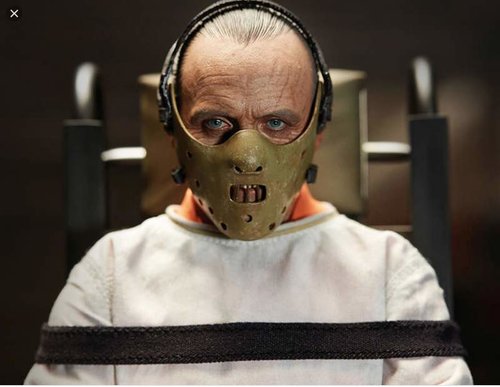GAbearclaw
Member
Planes are pressurized so there is no lack of air. Do you really think all those people would be able to sit there if they were really breathing what little air is present at 30,000 feet?
There would be no benefit to working out in the bathroom even if it is at 30,000 ft. elevation. They would probably break the door down much sooner than those 20 minutes.
Most are pressurized to 10K feet as I recall. Not sea level, but I think the post was in jest...
Do more than you think necessary and you still will wish you had done more. Same goes for planning for retirement, shooting, scouting, etc.





